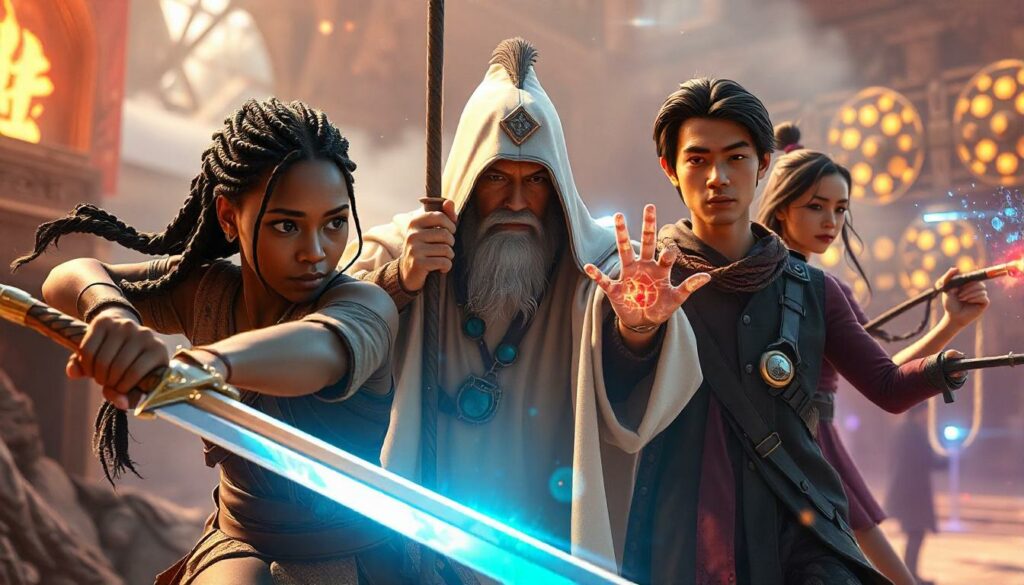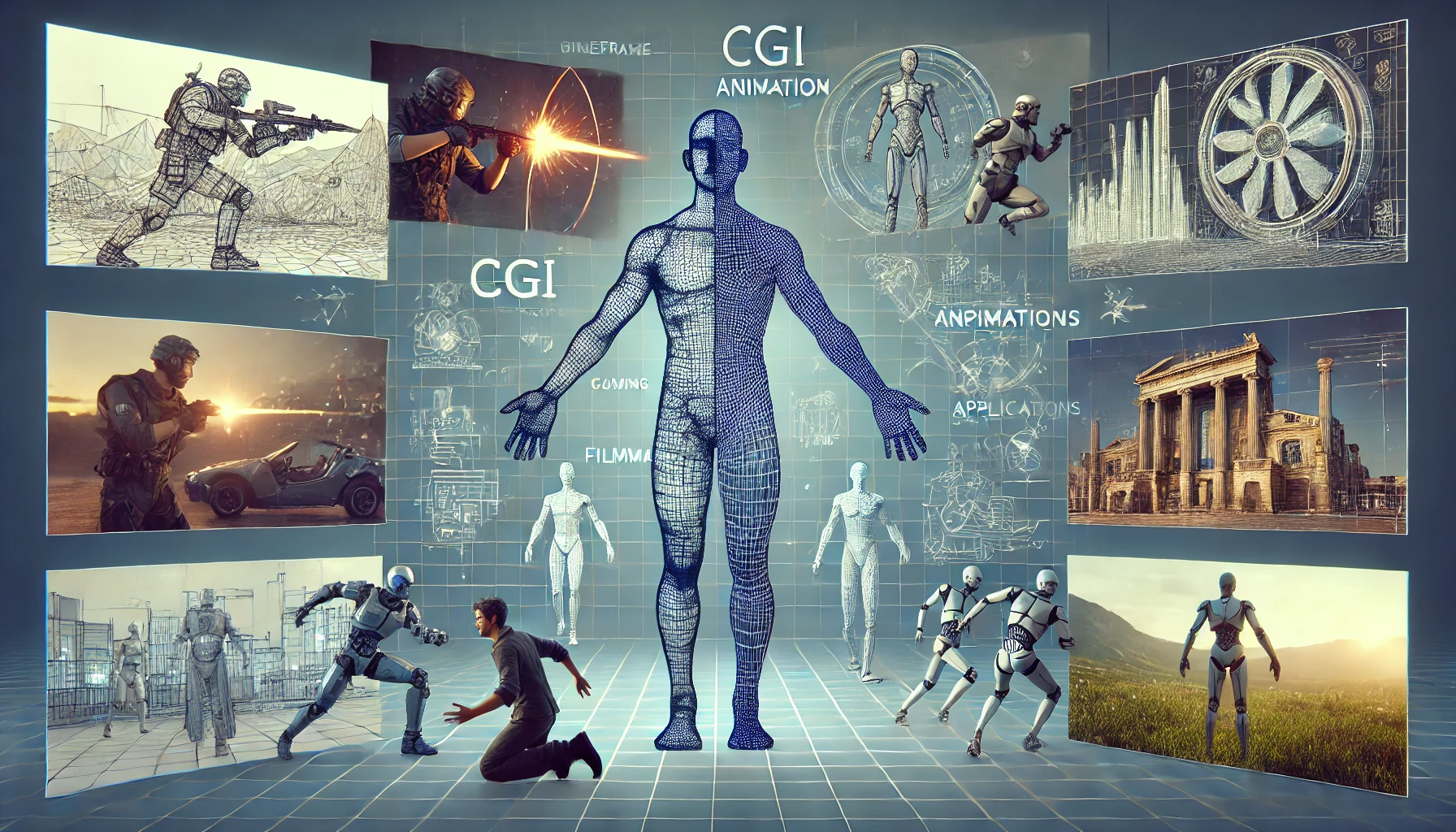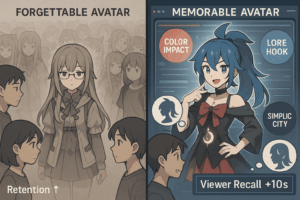Computer-generated imagery (CGI) has revolutionized the world of animation and filmmaking, pushing the boundaries of what’s possible in visual storytelling. This powerful tool, synonymous with computer animation, has transformed not just how films are made but also how audiences experience them. From iconic classics like Toy Story, the first full-length computer-animated film, to jaw-dropping blockbusters like Jurassic Park, CGI has transformed the landscape of animated cinema, making photorealistic animated films possible.
In this blog, we’ll dive deep into the world of CGI animation, exploring its history, techniques, impact on various film genres, and its promising future.
What Is CGI in Animation?
CGI animation, short for computer-generated imagery, refers to the creation of visuals using computer graphics. It replaces traditional animation methods, such as hand-drawn or stop motion animation, with cutting-edge technology to produce seamless and hyper-realistic animated images.
The goal of CGI is to mimic real-life movements and create immersive virtual worlds. By blending static images into smooth sequences, filmmakers can bring fantastical creatures, lifelike characters, and elaborate environments to life. Whether it’s used for crafting intricate visual effects or building entire virtual skeletons for animated characters, CGI has cemented itself as the backbone of modern animation techniques.
The Journey of Computer-Generated Imagery
Early Examples of Computer Graphics
The history of computer-generated images dates back to the 1960s. In its infancy, CGI was primarily used in experiments, such as creating rotating shapes and wireframe models. One of the early examples was the digital rendering of a hand in the film Futureworld (1976), which hinted at the potential of this technology.
The First Feature Film: Toy Story
The turning point for CGI came in 1995 with the release of Toy Story, the first feature film created entirely with computer-generated imagery. Produced by Pixar, the film not only captured audiences’ hearts but also set a benchmark for animated movies. Since then, CGI has been integral to countless animated films, from Shrek to Frozen, demonstrating its versatility across film genres.
Milestones in CGI Animation
CGI animation has come a long way since its inception, with numerous milestones marking its evolution. One of the earliest examples was the 1973 film Westworld, which featured a 2D animated hand and face, showcasing the potential of computer-generated imagery. The 1982 film Tron was another significant milestone, as it was the first film to heavily incorporate CGI animation, blending live-action with computer graphics to create a unique visual experience.
However, the true breakthrough came in 1995 with the release of Toy Story, the first fully computer-animated feature film. This groundbreaking achievement by Pixar not only captivated audiences but also set a new standard for visual storytelling in animated movies. Since then, CGI animation has become a staple in the film industry, with movies like Avatar (2009) and The Jungle Book (2016) pushing the boundaries of what’s possible in visual effects and immersive environments.
How Does CGI Animation Work?
The process of CGI animation is complex, requiring specialized computer software and the expertise of skilled VFX artists. Here’s a breakdown of how it works:
1. Modelling
The foundation of 3D animation is modelling, where objects, characters, or environments are created as digital blueprints, often starting as wireframe models. These models are then sculpted and textured to add intricate details.
2. Animation Techniques
Motion Capture: Actors’ movements are recorded and mapped onto digital characters for realistic movements. This technique is used in both animated films and live-action productions, like Avatar.
Keyframe Animation: Key moments, or key frames, are designed to create a smooth transition between movements. This method is common in stylized CGI animation techniques.
3. Rendering
Rendering transforms the raw models into polished visuals, adding elements like lighting, shadows, and textures. This step is crucial for creating the photorealistic effects seen in modern CGI movies.
4. Integration
Finally, CGI effects are integrated into the film alongside practical effects for a cohesive visual experience.
CGI Software and Tools
The magic of CGI animation relies heavily on sophisticated computer software and tools that bring animated content to life. Some of the most popular CGI software includes Autodesk Maya, Blender, and Adobe Animate. These programs empower artists and animators to create intricate 3D models, animate characters, and add stunning visual effects to their work.
Motion capture technology is another crucial tool in the CGI arsenal. By recording the movements of real actors, motion capture allows for the creation of highly realistic animations, as seen in films like Avatar. Additionally, 3D scanning software is used to create detailed digital replicas of real-world objects and environments, enhancing the realism of CGI animation.
The use of these advanced tools and technologies has made CGI animation a dominant force in the film and television industry, enabling the creation of visually stunning and immersive experiences.
The Impact of CGI on Animated Movies
The influence of CGI animation is undeniable, particularly in the realm of animated movies. From creating lifelike characters to building immersive worlds, CGI has expanded the creative possibilities for filmmakers.
Notable Examples of CGI Animation
- Toy Story (1995): The trailblazer for fully CGI animated films.
- Shrek (2001): A cultural phenomenon that redefined animated storytelling.
- Jurassic Park (1993): Seamlessly combined practical effects with CGI to create believable dinosaurs.
CGI in Science Fiction Blockbusters
In science fiction blockbusters, CGI plays a critical role in crafting futuristic and otherworldly visuals. Films like Star Wars and The Matrix heavily rely on computer-generated imagery to depict settings and scenarios that are impossible to achieve with traditional methods.
Advantages of Computer Animation
1. Enhanced Realism
CGI delivers unparalleled realism, making animated images indistinguishable from real-life scenes. It enables filmmakers to create fantastical creatures, digital characters, and intricate environments.
2. Flexibility in Storytelling
From animated films to television programs, CGI provides the freedom to design anything imaginable, from futuristic cities to lush fantasy landscapes.
3. Cost and Efficiency
Although initial investments in CGI software and equipment are high, CGI can reduce production costs in the long run by minimizing the need for large physical sets or props.
The Evolution of CGI in Animated Movies
Over the years, CGI has evolved with advancements in cutting-edge technology. Today, studios use Unreal Engine for real-time rendering, enabling faster and more efficient production of animated visual content.
Trends in CGI Animation
- Virtual Reality Integration: Immersive experiences powered by CGI in virtual worlds.
- AI-Driven Animation: Automated key frames for smoother sequences.
- Enhanced Facial Expressions: More detailed and expressive digital characters.
These innovations ensure that CGI continues to shape the future of film production and storytelling.
Challenges of CGI Animation
While computer animation offers immense potential, it’s not without its challenges. Poorly executed CGI effects, often referred to as bad CGI, can detract from a film’s quality. Over-reliance on CGI without blending it with practical effects can lead to visuals that feel artificial. Moreover, producing high-quality CGI requires skilled VFX artists, sophisticated computer graphics tools, and significant time, making it less accessible for smaller creative projects.
The Future of CGI Technology
The possibilities for CGI animation are limitless. From improving the subtlety of facial expressions to creating highly immersive virtual reality experiences, CGI remains at the forefront of the entertainment industry.
What’s Next?
- Real-Time Rendering: Faster production cycles with tools like Unreal Engine.
- Hyper-Realistic CGI Models: Achieving photorealism in animated and live-action films.
- Blending Mediums: Combining CGI with stop-motion animation and traditional animation for unique styles.
As computer science continues to advance, the tools for animation studios will only grow more powerful, allowing them to craft increasingly lifelike and imaginative visuals.

Iconic CGI Moments That Defined Film History
- Toy Story: The dawn of fully CGI feature films.
- Jurassic Park: Dinosaurs that felt alive on the big screen.
- Avatar: Pioneered the use of immersive virtual worlds and motion capture.
Each of these films showcases how CGI technology has revolutionized storytelling, inspiring future creators to push the boundaries of animated movies and beyond.
Conclusion
From its humble beginnings in computer graphics to its dominance in animated films and science fiction blockbusters, CGI animation has become the heart of modern filmmaking. It empowers creators to build dynamic images, design lifelike characters, and craft entire virtual worlds, all while expanding the possibilities of visual storytelling. As the industry continues to embrace cutting-edge technology, the future of CGI promises even more breathtaking innovation. Whether it’s in the next Toy Story or a groundbreaking science fiction film, CGI will remain a driving force in the art of animation for years to come. Partner with 3DAiLY to bring your animation projects to life with expertly crafted 3D models and assets!



